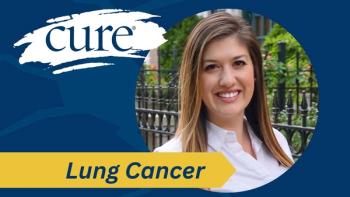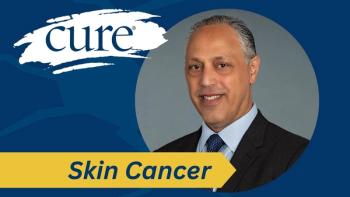
Younger Patients With AML and MDS Best Suited for Intensive Preparatory Regimen Before Stem Cell Transplant
An intensive preparatory stem cell transplant (SCT) regimen should be used for younger patients with acute myeloid leukemia (AML) or myelodysplastic syndromes (MDS), according to the results of a phase 3 clinical trial.
An intensive preparatory stem cell transplant (SCT) regimen should be used for younger patients with acute myeloid leukemia (AML) or myelodysplastic syndromes (MDS), according to the results of a phase 3 clinical trial.
Researchers from the Blood and Marrow Transplant Clinical Trials Network examined the best regimen intensity before an allogeneic SCT — the transferring of stem cells from a donor — in patients aged 18 to 65. Milder regimens are often suggested for older patients but there has been a recent trend toward using this reduced-intensity conditioning regimen in younger patients as well.
The trial was made up of 272 patients, enrolled at 32 transplantation centers across the United States, who were randomly assigned to receive either a myeloablative conditioning regimen (135 patients), which consists of high doses of chemotherapy and/or radiation and is the standard regimen, or a reduced-intensity conditioning regimen (137 patients).
The primary end point was overall survival (OS), with relapse-free survival (RFS) and treatment-related mortality (TRM) as secondary end points.
At 18 months, OS for patients in the myeloablative arm was 77.5 percent compared with 67.7 percent in the reduced-intensity arm stated the study published in the Journal of Clinical Oncology.
RFS was 67.8 percent in patients who received the myeloablative regimen versus 47.3 percent who received reduced-intensity. Eighteen patients assigned to the myeloablative arm experienced relapse compared with 66 patients in the reduced-intensity arm.
Due to the high number of relapses in patients who received the reduced-intensity regimen the trial was stopped early by its data safety monitoring board.
"That speaks to why it's necessary to do these phase 3 randomized clinical trials, because what you might expect to be true can be proven to not be true,” Bart Scott, M.D., Fred Hutchinson Cancer Research Center in Seattle, lead investigator, said in a statement.
Although SCT can be the best treatment option for many patients with AML and MDS, there are also side effects to consider. This is especially true with allogeneic transplantation, which is associated with a higher rate of side effects and mortality than autologous transplant — the use of a patient’s own stem cells. These side effects can include infection, inflammation of the lining of the mouth or gastrointestinal tract (mucositis), cataracts, infertility and graft-versus-host disease (GVHD), which is when the donated stem cells view the recipient's body as foreign, and attack the body.
The most common side effects in this trial included mucositis, abnormal liver function, labored breathing and infectious complications.
The myeloproliferative arm saw a higher rate of death caused by the SCT. TRM was 15.8 percent versus 4.4 percent in the reduced-intensity arm. However, this difference was not enough to offset the much higher rate of relapse that occurred in the reduced-intensity arm. Scott noted that traditionally the rate of deaths associated with myeloablative regimens is closer to 20 percent.
The author’s concluded: “Overall survival was higher with myeloablative conditioning, but this was not statistically significant. Reduced-intensity conditioning resulted in lower treatment-related mortality, but higher relapse rates compared with myeloablative conditioning, with a statistically significant advantage in relapse-free survival with myeloablative conditioning. These data support the use of myeloablative conditioning as the standard of care for fit patients with AML or MDS.”
Scott added that researchers are developing and testing new options to treat patients who have a relapse after a STC. "Post-transplant relapses are just historically very difficult to treat," he said. "Patients who relapse have a very poor prognosis."




